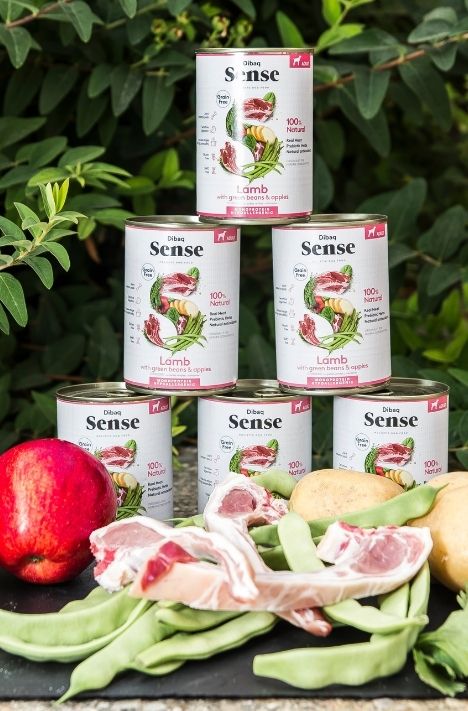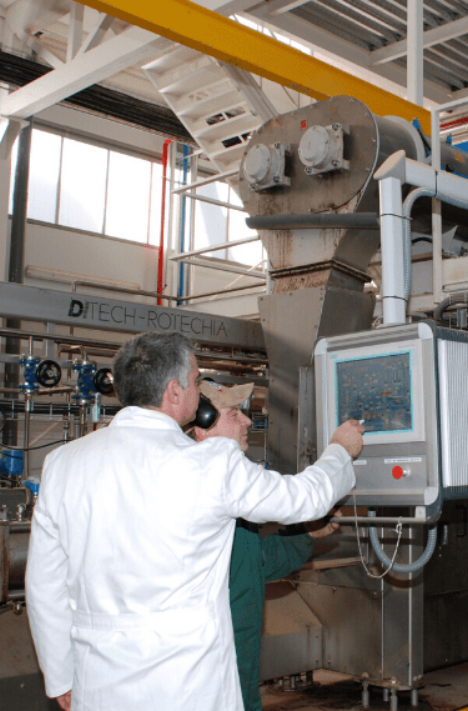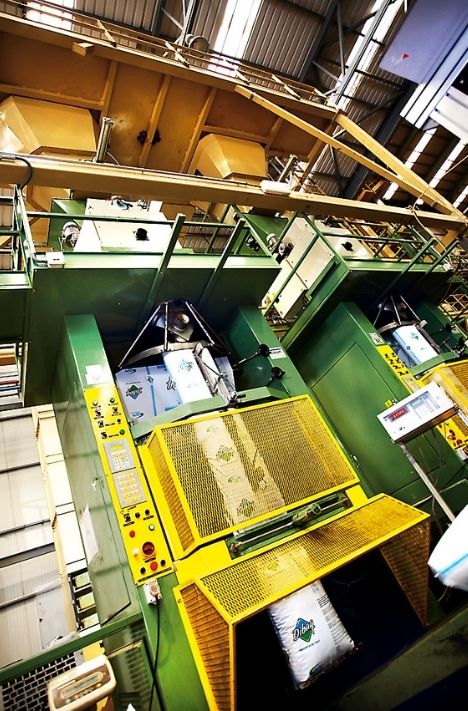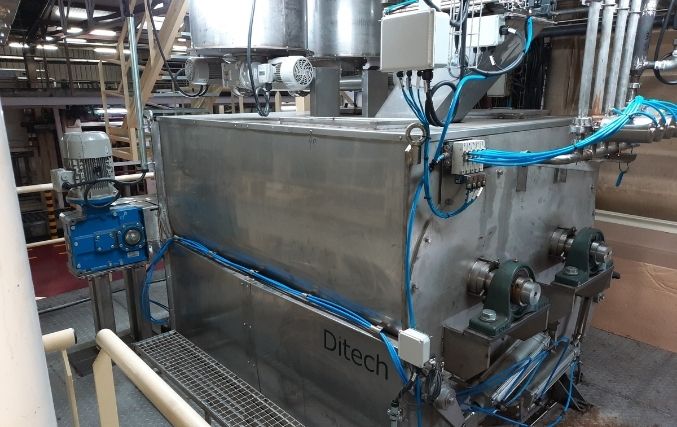Located in Spain and the Czech Republic, our centres are designed to run uninterruptedly 24 hours a day and seven days a week with a near-total degree of automation. This set-up, together with our staff, guarantees consistent production quality all year round, providing our customers with the range of products they need.
However, we never overlook the importance of people, which is why we have a large Team of professionals specialised in the nutrition sector. Since our centres are automated, our staff can focus mainly on research (to develop better foods and processes) and on providing more personalised customer service (to give them exactly what they need).
Also, in recent years, we have strived to assist our Team in its daily work by investing time and resources in the digital transformation of our production centres (to be an Industry 4.0.) and in the application of Lean Manufacturing methodology. Through a project called ‘Constant 4.0’, we have enabled machines, processes and people to coexist in a collaborative information environment. By digitising our centres, we have made it possible to access information in real time, allowing us to make the best decisions and have a fast response capacity.
All this, together with carefully designed production processes and the most cutting-edge technology on the market, allows us to offer our customers the very best.








